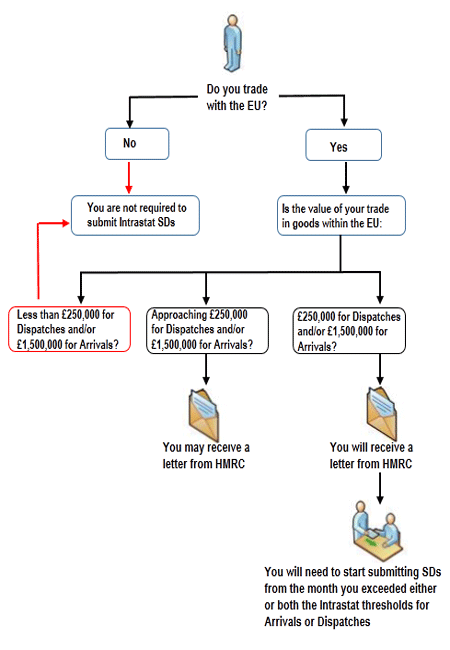Latest from the courts
A Transfer of a Going Concern (TOGC) is an area of VAT which produces a lot of issues and is a subject which is returned to on a regular basis in the courts. The General Distribution Storage Ltd (GDSL) First Tier Tribunal (FTT) TC 07352 [2019] case provides a warning that getting it wrong can be costly.
Background
The appellant owned the freehold of a commercial property. This property was rented to a third party. Subsequently, the property was sold with the benefit of the existing lease, to Hartlone Scaffolding Ltd (HSL). Output tax was charged and paid on the value of the sale as the property was subject to an option to tax. HSL also opted to tax before the date of completion. On the same day, HSL sold on the property to Foundry Investments Ltd (FIL) and again, VAT was charged and paid.
FIL made a claim for the input tax charged which caused a pre-credibility enquiry from HMRC. During the inspection, HMRC noted that, although GDSL had charged VAT, it had neither declared, nor paid the VAT to HMRC. An assessment was issued to recover this output tax.
The appellant claimed that no VAT was due because the sale of the tenanted building qualified as a VAT free TOGC, ie; it was not a taxable sale of an opted commercial property, but rather, it was the sale of a property letting business which was a going concern.
Technical
TOGC provisions
Normally the sale of the assets of a VAT registered business will be subject to VAT at the appropriate rate. A TOGC, however is the sale of a business including assets which must be treated as a matter of law, as “neither a supply of goods nor a supply of services” by virtue of meeting certain conditions (summarised below). It is always the seller who is responsible for applying the correct VAT treatment. Transfer Of a Going Concern treatment is not optional. A sale is either a TOGC or it isn’t. It is a rare situation in that the VAT treatment depends on; what the purchaser’s intentions are, what the seller is told, and what the purchaser actually does. All this being outside the seller’s control. Full details of TOGCs here.
TOGC Conditions
The conditions for VAT free treatment of a TOGC:
- The assets must be sold as a business, or part of a business, as a going concern
- The assets must be used by the transferee in carrying on the same kind of business, whether or not as part of any existing business, as that carried on by the transferor in relation to that part (HMRC guidance uses the words “intend to use…” which, in some cases may provide additional comfort)
- There must be no break in trading
- Where the seller is a taxable person (VAT registered) the purchaser must be a taxable person already or immediately become, as a result of the transfer, a taxable person
- Where only part of a business is sold it must be capable of separate operation
- There must not be a series of immediately consecutive transfers
Where the transfer includes property which is standard-rated, either because the seller has opted to tax it or because it is a ‘new’ or uncompleted commercial building the purchaser must opt to tax the property and notify this to HMRC no later than the date of the supply.
Please note that the above list has been compiled for this article from; the legislation, HMRC guidance and case law. Specific advice must be sought.
Decision
It was decided that TOGC could not apply in these circumstances. The buyer, HSL, at the time of the sale, could not have intended to carry on the property letting business as it immediately sold on the freehold (at a profit) on the same day. As above, TOGC treatment does not apply if there is a “series of immediately consecutive transfers”. The appeal was consequently dismissed, and output tax was therefore properly due.
Commentary
This appears to have been the only available conclusion. It illustrates the importance of considering VAT whenever a supply of property is made. It is unclear why VAT was initially charged and why this was not declared to HMRC (and it if was thought a TOGC, why the VAT position was not subsequently corrected by the issue of a VAT only credit note). This is a complex area of the tax and an easy issue to miss when there are a considerable number of other factors to consider when a business (or property) is sold. Extensive case law (example here and changes to HMRC policy here ) insists that there is often a dichotomy between a commercial interpretation of a going concern and HMRC’s view.
Contracts are important in most TOGC cases, so it really pays to review them from a VAT perspective.
I very strongly advise that specialist advice is obtained in cases where a business, or property is sold. Yes, I know I would say that!

